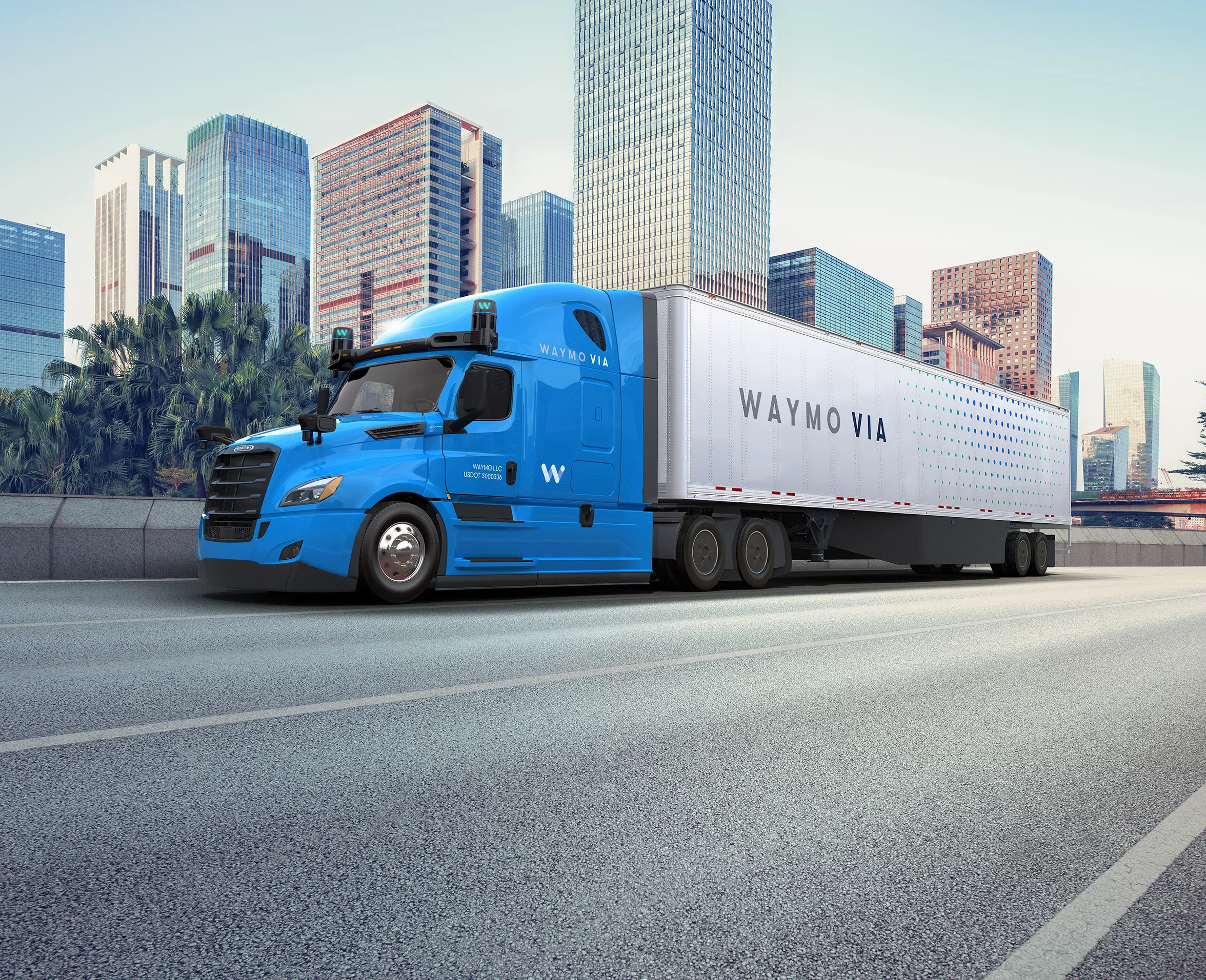Australia’s Victorian government is to begin a trial to look at how automated vehicles can interact with Australian road infrastructure. VicRoads will work with industry to seek feedback on the government’s Future Directions Paper, which outlines the need for regulatory changes to allow testing of highly automated vehicles on public roads.
The consultation will focus on how to ensure road safety during testing on public roads, what constitutes a driver ‘being in control’ and understanding how the changi
December 19, 2016
Read time: 2 mins
Australia’s Victorian government is to begin a trial to look at how automated vehicles can interact with Australian road infrastructure. 4728 VicRoads will work with industry to seek feedback on the government’s Future Directions Paper, which outlines the need for regulatory changes to allow testing of highly automated vehicles on public roads.
The consultation will focus on how to ensure road safety during testing on public roads, what constitutes a driver ‘being in control’ and understanding how the changing technology will interact with our transport system.
It will also work to create a framework to allow for a wide range of vehicles to be trialled on Victoria’s roads, potentially including highly automated vehicles, where a driver is not in control of the vehicle.
From early next year, a range of automated vehicles will be trialled on the Monash-Citylink-Tullarmine corridor, in a partnership between the government and600 Transurban. The trial will test vehicles currently on the market, to understand how autonomous vehicle technology interacts with road infrastructure including overhead lane signals, electronic speed signs and line marking.
The trial will begin with testing automated vehicles that comply with existing road rules and road safety regulations. A human driver will monitor the vehicle’s operation, ready to take back control at any time.
It will also build on the knowledge gathered through the testing of the311 Bosch Highly Automated Driving Vehicle unveiled during the 6456 ITS World Congress in October.
The consultation will focus on how to ensure road safety during testing on public roads, what constitutes a driver ‘being in control’ and understanding how the changing technology will interact with our transport system.
It will also work to create a framework to allow for a wide range of vehicles to be trialled on Victoria’s roads, potentially including highly automated vehicles, where a driver is not in control of the vehicle.
From early next year, a range of automated vehicles will be trialled on the Monash-Citylink-Tullarmine corridor, in a partnership between the government and
The trial will begin with testing automated vehicles that comply with existing road rules and road safety regulations. A human driver will monitor the vehicle’s operation, ready to take back control at any time.
It will also build on the knowledge gathered through the testing of the










